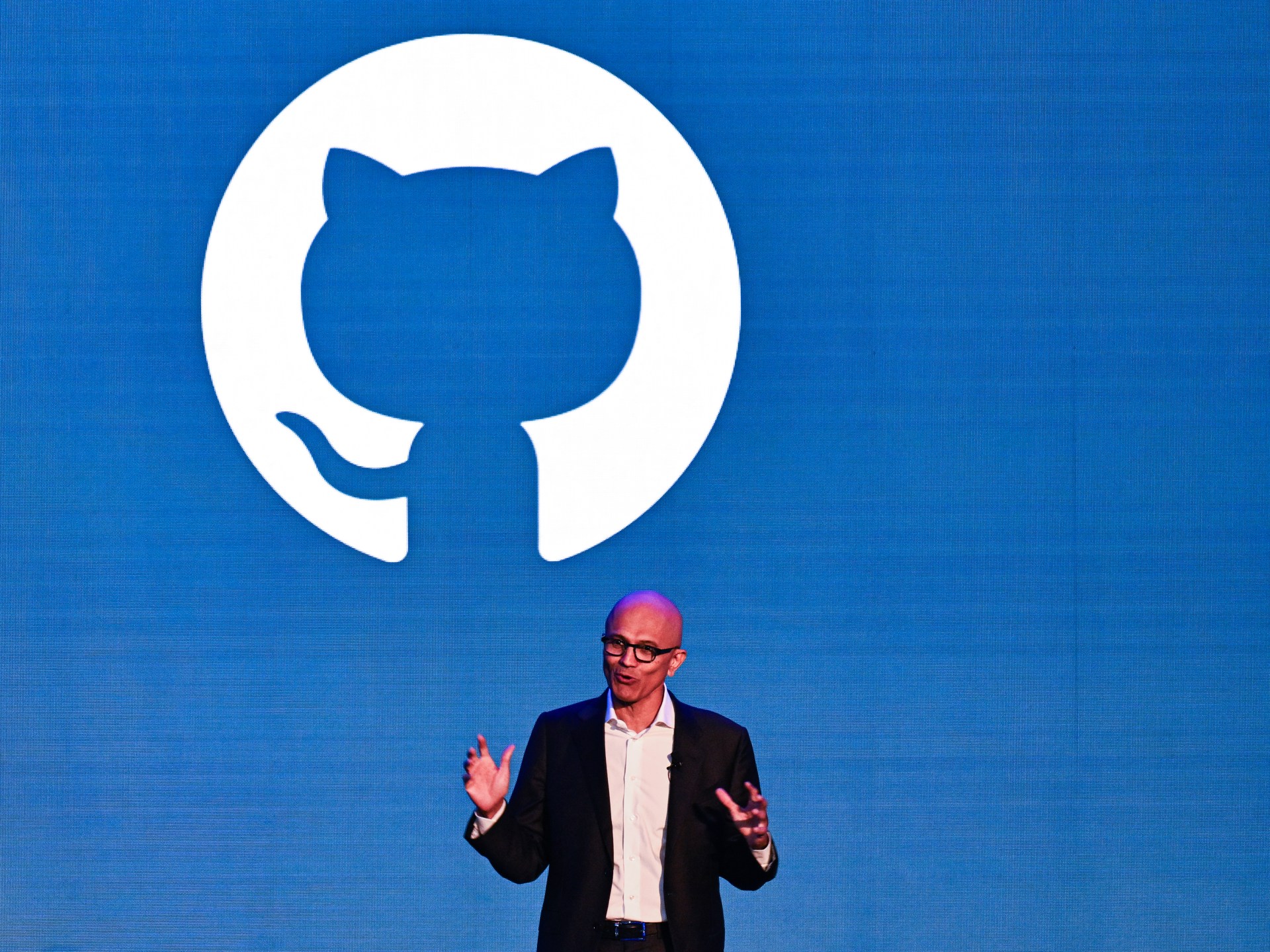Cerro de Monserrate, at an altitude of more than 3,000 meters, is located near the center of Bogotá. Mountain towers over the urban area with acres of forest where hikers can immerse themselves in biodiversity. This beautiful nature impressed Juan Carlos Cesma when he was there on a business trip in 2015. But he also witnessed fierce wildfires that left little to no mountain nature. That’s when he realized that his desire to do something about climate change had to become something very concrete. As a business and retail consultant, think about how you can improve reforestation.
Returning to Spain, he began work on the smart seed, which he tested at Monasterio de la Oliva, a Cistercian monastery in eastern Navarre. These seeds not only produced trees, but also The carbon dioxide revolutiona startup company that has been working on improving reforestation since 2018. Several companies are involved in implementing afforestation projects.
fruit
“Starting in 2018, we want to give the community as much good fruit as possible,” Sisma says. The fruit metaphor is one of Sisma’s favorite ways to explain what his company does. Most of the trees planted by the carbon dioxide revolution are still too young to bear fruit, but the first results are already visible.
The company has planted more than 600,000 trees, which has contributed to the reforestation of areas of high environmental value. From northern Galicia to southern Andalusia, the smart seeds of the carbon dioxide revolution are reforesting arid lands and restoring biodiversity. All this is possible thanks to technology, drones and data analysis.

smart seed
Cesma began experimenting in the monastery with ordinary brother Enrique Carrasco. The monk – whose order follows Saint Benedict’s principle: ora and opera, pray and work – shared his knowledge of farming with Sesma. This is how the idea of smart seeds was born.
Since sowing must be done without a human, the seeds must be protected. To do this, they are pre-germinated and packed with all the nutrients they need for growth. The capsule also keeps insects and rodents in place. Then it is only a matter of time before the seed grows into a sprout and then into a strong, healthy tree.
On the one hand, we can plant trees efficiently using smart seeds. On the other hand, we use data science to optimally sow plants,” emphasizes Salma Kabbani Alonso. She is the Communications Director at CO2 Revolution.

Reforestation plans
You might think it’s just a matter of getting a drone, putting in a smart seed dispersal unit, and that’s it. But there is much more to do than that. Before afforestation, forest engineers perform a thorough analysis of the soil, climate, and species native to the area. Once this initial study is completed, the local government will give the green light. The species that will be grown in these areas are then determined, i.e. those that can bind as much carbon dioxide as possible and at the same time enhance biodiversity.
Then reforestation can begin. The drones are autonomous, which means that operations are planned in advance to optimize them as much as possible. In addition, cultivation is also done manually. The human factor is still important to the carbon dioxide revolution.
Complete forest formation
The goal of the carbon dioxide revolution is to restore biodiversity. This means that not only trees are planted, but – in a sense – a complete design of the forest. The drones also grow shrubs and herbs. To combat wildfires, drones use the lush trees at the edge of the forest as a natural barrier that can prevent the spread of wildfires.
In addition, the new forest will be preserved by replacing plants that did not grow and planting more trees. It is important to monitor the forest so that it develops well.
The new forest will be included in the national Spanish database so that the carbon offset amount can be calculated. The CO2 revolution in and of itself isn’t just about smart seeds. “We provide various services such as b. ecological footprint calculation and carbon offsetting,” Kabbani asserts. When companies know how much they emit, they feel they have to do something for the planet.
Companies made up for it
Since 2018, 21 new forests have been created in this way. Companies such as Deloitte, Stihl and Iberdrola are making up for their ecological footprint in Spain through various initiatives.
Collective farming projects tend to affect areas hardest hit by wildfires, such as Avila and Cortes de Palas areas near Valencia. The companies also engage their employees on planting days and give them the opportunity to monitor the state of the forest in real time.
Global Challenge
“Technology is driving us forward. Investments in research, development and innovation are key,” Sisma emphasizes.
To this end, CO2 Revolution is collaborating with ID Forest, a biotechnology laboratory that is researching new ways to improve plant growth. We are optimistic about the future. Mitigating climate change is possible, but it cannot be achieved without the cooperation of all actors in society. The more we reforest, the more oxygen in the air and the more carbon we can bind. Global warming can also be curbed by preventing soil erosion,” Kabbani adds.
These ambitions go beyond Spain. CO2 Revolution has a reforestation project in Portugal on its agenda and is also discussing some initiatives in France.
From Bogota to Spain and around the world, drones can be important allies in restoring biodiversity.

“Certified tv guru. Reader. Professional writer. Avid introvert. Extreme pop culture buff.”







More Stories
AI Startup: Here are eight startup ideas
Di Giannantonio (Ducati): “Crazy with technology” / Motorcycles
Huasun offers 0BB heterojunction solar modules with modern zero busbar technology